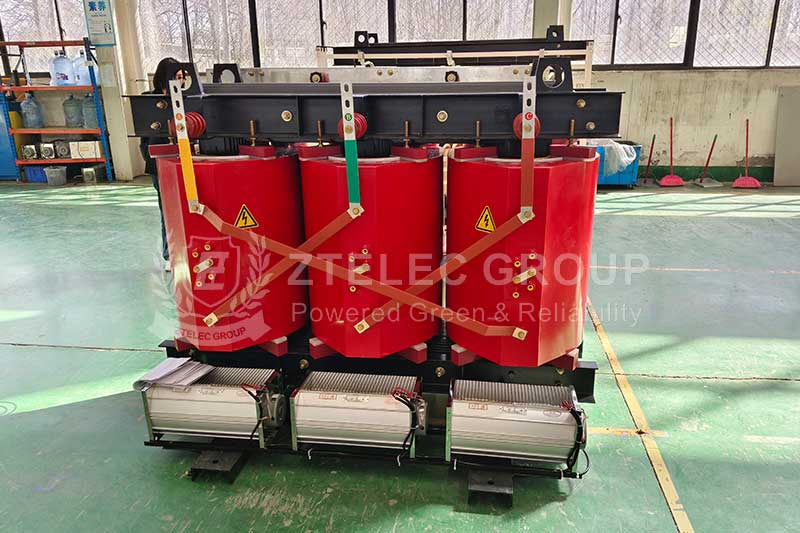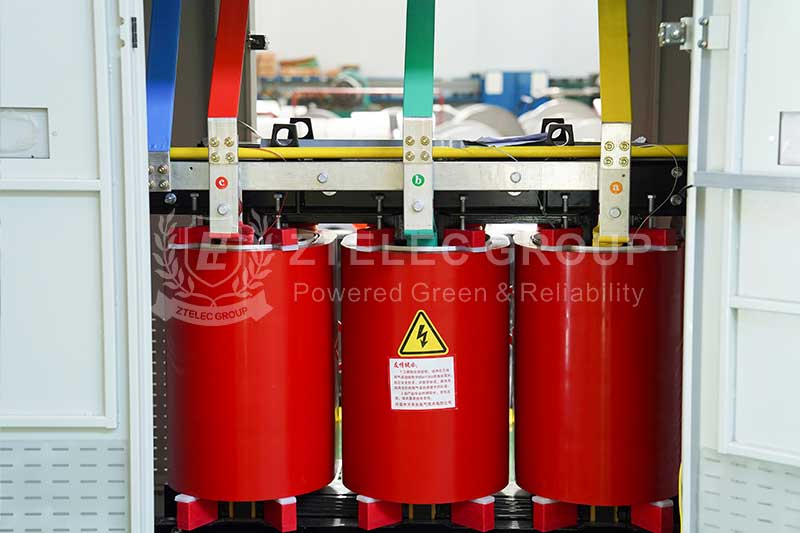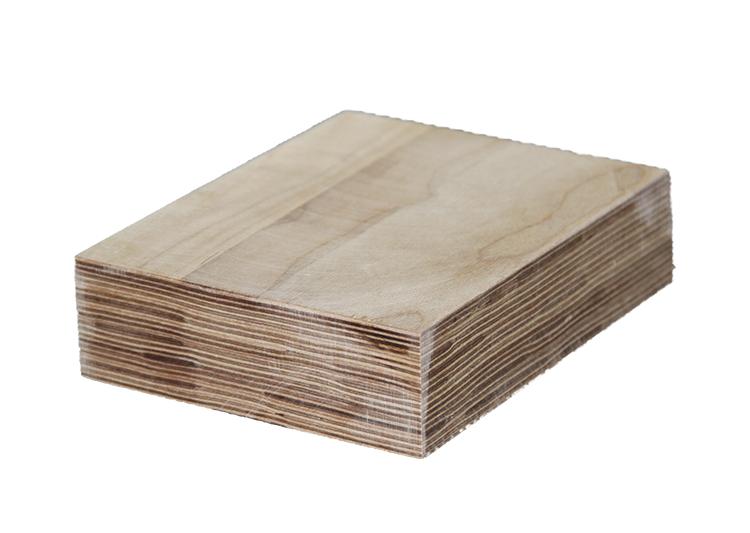Advantages of Dry-Type Transformers: Performance, Safety & Sustainability
In modern power systems, dry-type transformers are playing a vital role due to their oil-free design, safety features, and energy efficiency. Compared to traditional oil-immersed types, dry-type transformers have become the preferred solution in industrial, commercial, and renewable energy applications. Their core benefits lie in stable performance, fire safety, and environmental sustainability.

Performance Advantages of Dry-Type Transformers
Efficient Heat Dissipation: Dry-type transformers use air convection or forced-air cooling to dissipate heat, eliminating the need for insulating oil and reducing heat loss. High Short-Circuit Resistance: The epoxy resin-cast windings provide strong mechanical strength and are not easily deformed during short-circuit faults, ensuring operational stability. Excellent Environmental Adaptability: These transformers operate reliably in temperatures ranging from -25°C to 50°C, making them suitable for demanding locations such as tunnels or high-rise buildings. Low-Loss Core Design: Advanced silicon steel sheets and amorphous alloys are used to reduce no-load losses by 10–30%, improving energy efficiency and lowering costs.Safety Advantages of Dry-Type Transformers
No Fire Risk: The oil-free design removes the danger of explosions or leaks, meeting NFPA and IEC fire safety standards. Ideal for schools, hospitals, and other public facilities. Non-Toxic & Eco-Friendly: Epoxy resin insulation materials are RoHS-compliant and emit no harmful gases, making the equipment safe for both indoor environments and future recycling. Maintenance-Free: No need for oil monitoring or replacement significantly reduces maintenance effort and operational risk. High IP Protection: With protection ratings up to IP54 and beyond, dry-type transformers perform well in humid, dusty, or corrosive environments.

Sustainable Advantages of Dry-Type Transformers
Green Materials: All components of dry-type transformers are recyclable, eliminating the environmental hazards associated with oil disposal. Pollution Resistance: The use of dry insulation methods enhances durability against dust and chemical contaminants, maintaining long-term insulation performance and reliability.Application Scenarios for Dry-Type Transformers
| Scenario | Advantages of Dry-Type Transformers |
| High-rise buildings / Subway tunnels | No fire risk; suitable for indoor and confined installations without special fireproof structures |
| Data centers | Low noise, zero oil leakage risk; safe for sensitive equipment like servers |
| Renewable energy plants | Handles harmonics from solar or wind sources; no oil aging; high overload capacity |
| Humid / Corrosive environments | Superior moisture resistance; stable operation in mines, chemical plants, coastal areas |
Dry-type transformers offer a reliable, safe, and eco-friendly alternative to traditional oil-filled types. Whether used in buildings, infrastructure, or green energy projects, they represent the future of sustainable power distribution.
- more+releated article
- 2025-10-21Application of K Factor Transformer
- 2025-10-21Detailed explanation about transformer model w
- 2025-10-2010kV Oil-Immersed Transformer Safety: Lightnin
- 2025-10-20What are The Advantages of Phenolic Cotton Clo
- 2025-10-17Are Three-Phase Isolation Dry-Type Transformer
- 2025-10-17G10 Epoxy Sheet: Choosing the Right Specificat
- 2025-10-1610kV Oil-Immersed Transformer Operation Inspec
- 2025-10-163240-B Epoxy Phenolic Glass Fiber Cloth Lamina
- 2025-10-15G10 Epoxy Sheet: The Preferred Insulation Mate
- 2025-10-15Analysis of Energy-Saving and Noise Control Te





